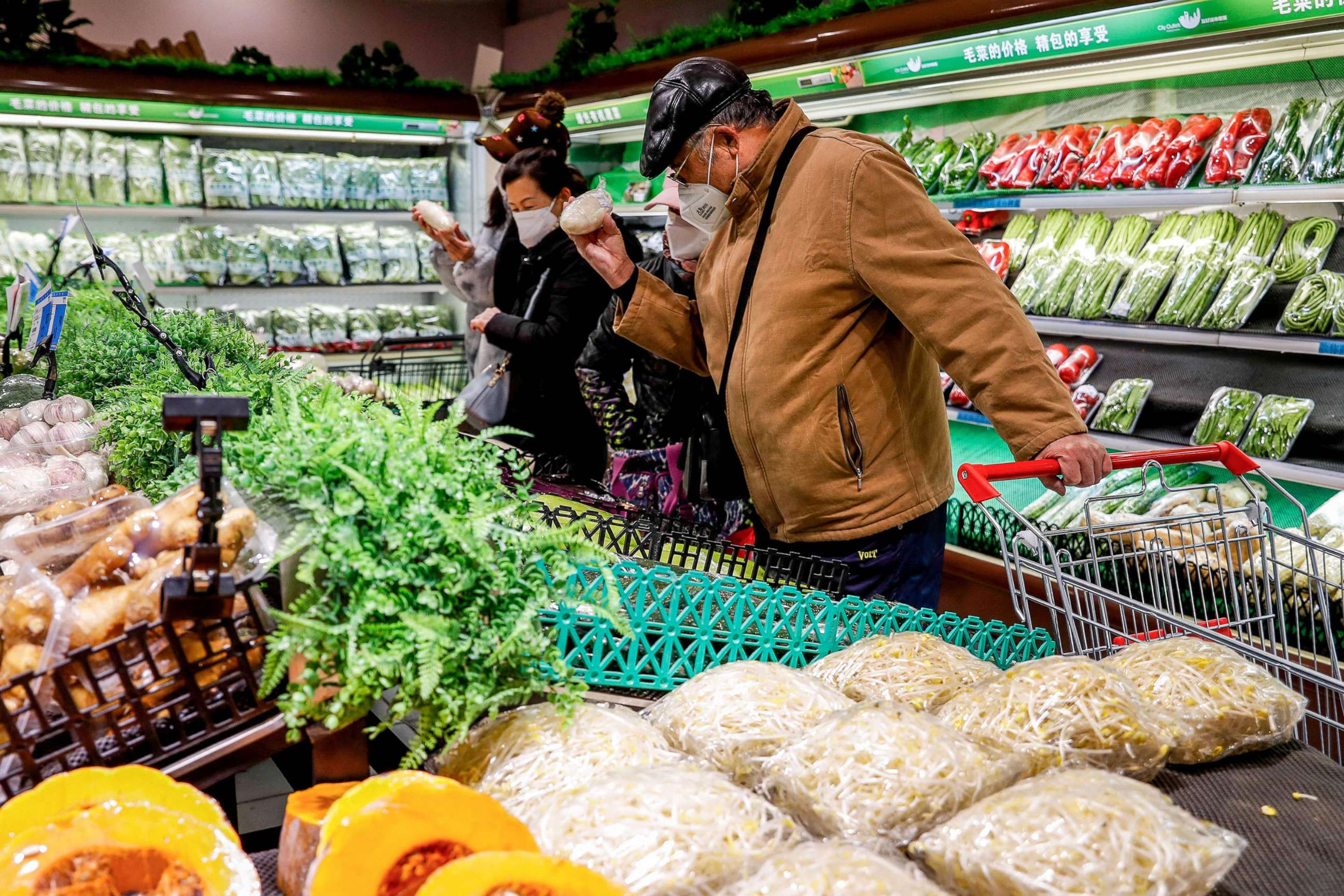China loosens COVID restrictions after protests rock the country
Authorities have locked down entire neighborhoods, towns and even cities.
BEIJING -- China loosened some key COVID-19 controls on Wednesday after residents began protesting against the strict measures in November.
Authorities did not acknowledge the unrest in their decision but the sudden announcement by China’s State Council Joint Prevention and Control Mechanism directly addresses some of the key concerns of the demonstrators, including relaxing quarantine rules and allowing for home quarantine for mild and asymptomatic cases. Previously, residents who tested positive were sent to a central quarantine facility. People who been in close contact with sick individuals can now self-isolate at home for five days.
Local authorities were in charge of enforcing their own preventative measures and usually erred on the side on excessive curbs, locking down entire neighborhoods, towns and even cities.
Lockdowns are now dependent on individual "buildings, units, floors and households, instead of residential compounds, communities and subdistricts," according to authorities.
Moreover, quarantine measures will now be lifted if no new infections are reported for five consecutive days.

Authorities will also move away from relying on mass nucleic acid PCR testing and expand the use of rapid antigen tests. Since the Shanghai lockdown in April and May, PCR testing was required in most Chinese cities, with residents needing to have a negative test every 48-72 hours in order to access places including school and offices. Long lines around testing booths became a normal sight across the country throughout the summer and the fall. PCR tests will now only be used for high-risk areas and occupations.
People no longer need to show a valid negative test or a health code to enter public venues or to travel, except when entering hospitals, schools and elderly homes.
While China has relaxed its measures, the ruling Communist Party still intends to control the spread of virus. International borders remain mostly closed and likely will be for the near future. Beijing has not allowed foreign vaccines from Moderna and Pfizer to be used on its population, holding out for its own mRNA technology vaccines, which have been delayed.
According to a new study from predictive health analytics firms Airfinity, at least 1.3 million residents could die if China opened its borders today.
While cases across China have been dropping from a peak of just over 40,000 daily infections, it remains unclear how the easing of restrictions will pan out.
The annual Lunar New Year travel period, which begins the first weekend of January, could be a challenge for controlling a larger outbreak. Hundreds of millions will be traveling back and forth to their hometowns, increasing their potential risk to the virus.




